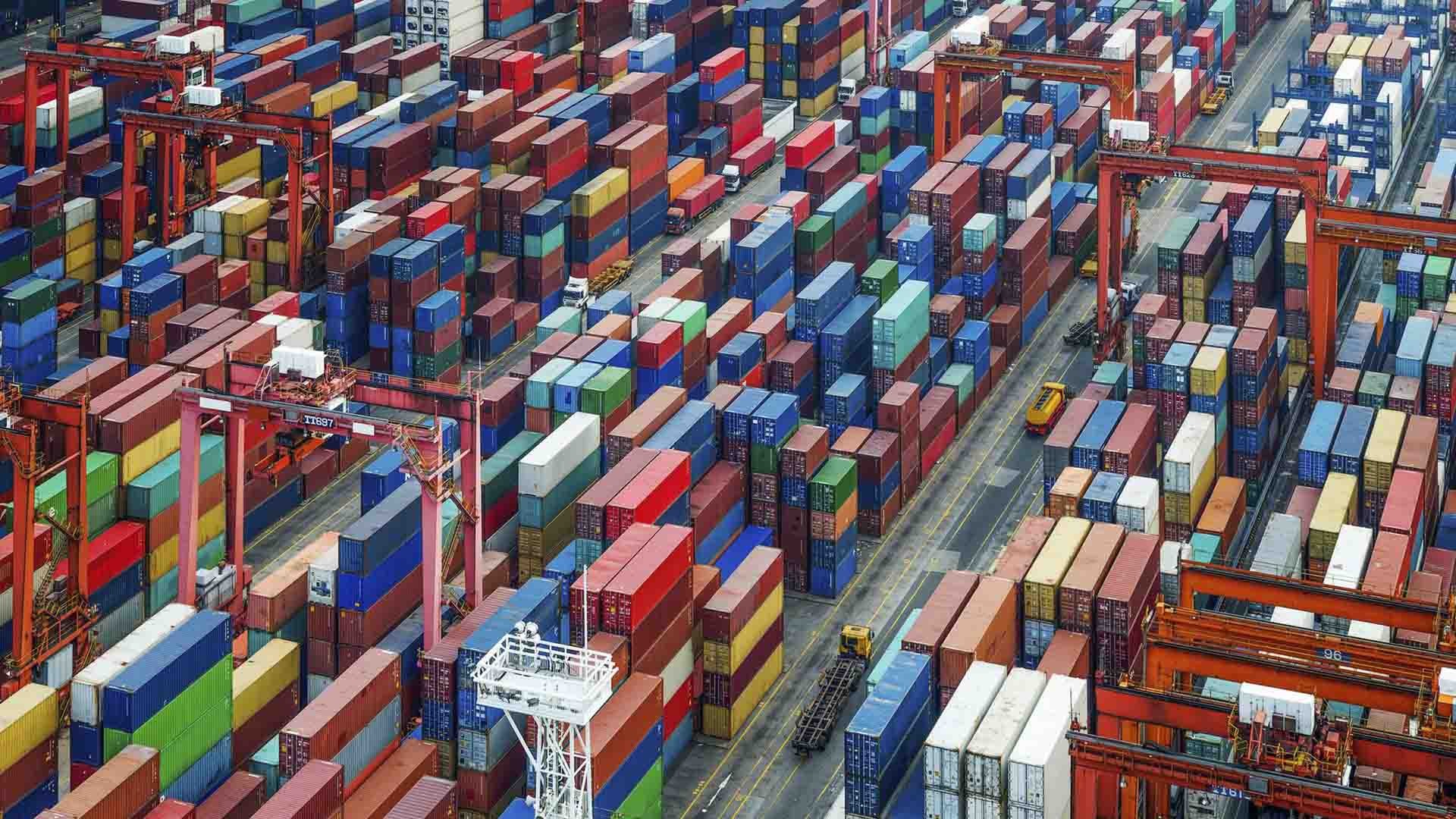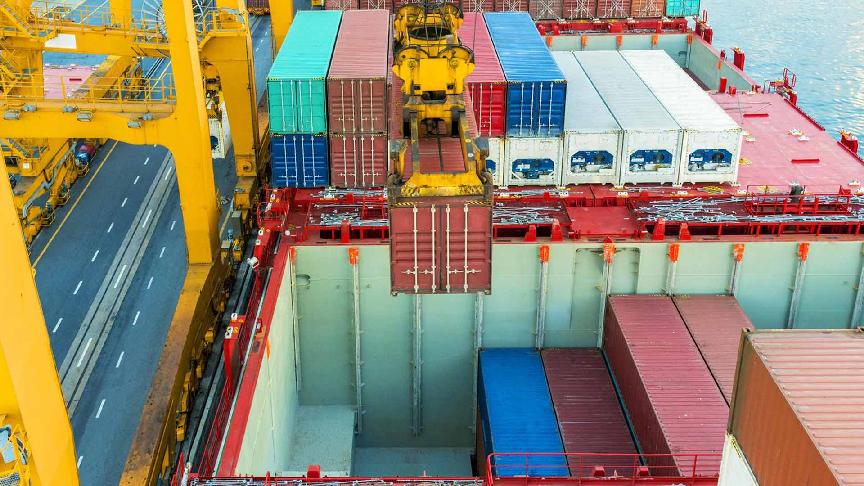8 July 2025 (Lloyd's List) - MONTHLY global container traffic surged to historic highs in May, but the impact of US trade policies continues to upend market dynamics.
The latest data released by Container Trades Statistics show volume at more than 16.3m teu in its latest reporting period, a rise of 4.9% on the previous month and 1.8% on May, 2024. Year-to-date global traffic through the first five months of 2025 was up 4.3%, or at a similar level to last year.
CTS chief executive Nigel Pusey noted how the uncertainty surrounding US tariffs and the response of trading partners alongside these record numbers could be deemed “contradictory”, but he said the data reveals “some interesting shifts in volumes, some temporary and others that are likely to be more structural.”
One of the most striking developments is import volumes into North America, or at least their composition.
According to CTS, total North American imports in May this year were similar to the previous month of April. This represented a 9.4% fall on last year.
Unsurprisingly, the biggest fall in traffic stems from China, which has been at the focus of Trump’s trade war. Chinese imports are down 25% on both April this year and May last.
“This reduction has been somewhat mitigated by a healthy increase in volumes in Southeast Asia, which saw a 19% rise for the same period,” said Pusey.
Meanwhile, global imports as a whole increased in May, a factor driven by a strong showing from Europe, where year-to-date volumes are up 7.6% through the first five months of 2025 against last year.
CTS also noted strong regional import growth in the Indian Subcontinent and Middle East, South and Central America and Sub-Saharan Africa, which have all registered an uptick in box numbers of more than 8%.
“It is interesting to note that, in relation to shifting cargo movements, imports from China to these three regions have risen by 18% over the same period,” said Pusey.
On the transatlantic trade, CTS reported small increases both on a month-on-month and year-on-year basis for European exports into North America. In the opposite direction, North American imports into Europe are up 1.8%, yet down three percentage points from the first four months, according to CTS.
On the export, while Asia continued to show strength in outbound trade — up 6.8% through the first five months of 2025 against 2024 levels, North America’s downward trend continued. Exports here fell 9.2% in May on the previous month and 8.1% on the corresponding month of 2024. Year-to-date volumes of North American exports are tracking 4.2% below last year.
On the headhaul transpacific route, the decline in Chinese cargoes was partially offset by increases from other Asian countries.
However, volumes were down 2.3% on the previous month, putting year-to-date box numbers at a 14.8% deficit on 2024.
“Volumes may have softened in the US from Asia; however, volumes to other regions from Asia are looking very strong,” said Pusey.
“The three regions of the Indian subcontinent and Middle East, South and Central America and sub-Saharan Africa registered, respectively, 15%, 15.3% and 33.8% increases when compared with May 2024, and 15%, 16.1% and 20.4% on a year-to-date basis.”
The most impressive figures though are reserved for the Asia-Europe trade. This, of course, comes despite the ongoing operational challenges of Red Sea routing.
Through the first five months of 2025, box numbers on the east-west artery of nearly 8m teu represent a 10.5% increase on last year.
Volumes in May were up 16.1% on-year at 1.8m teu, in what was an all-time monthly record for the trade.
“Regardless of all these individual market movements, the global market performance for the first five months, whilst softening slightly, continues at similar levels of growth seen in 2024,” added Pusey.
“Predictions for the rest of the year suggest a further softening, with blank sailings reappearing in the transpacific trades.”
The question for the industry was whether other trades would also run out of steam, he said.
The CTS global index remained at 78 points in May, however, remains down on the 89 point mark in the corresponding month of 2024, in a indication of the underlying softening of the market and influx of new tonnage.







